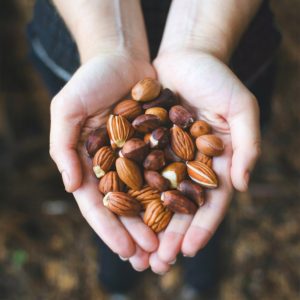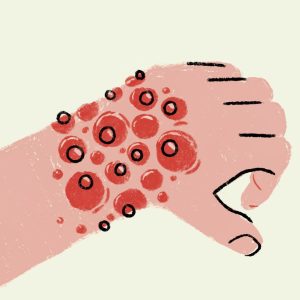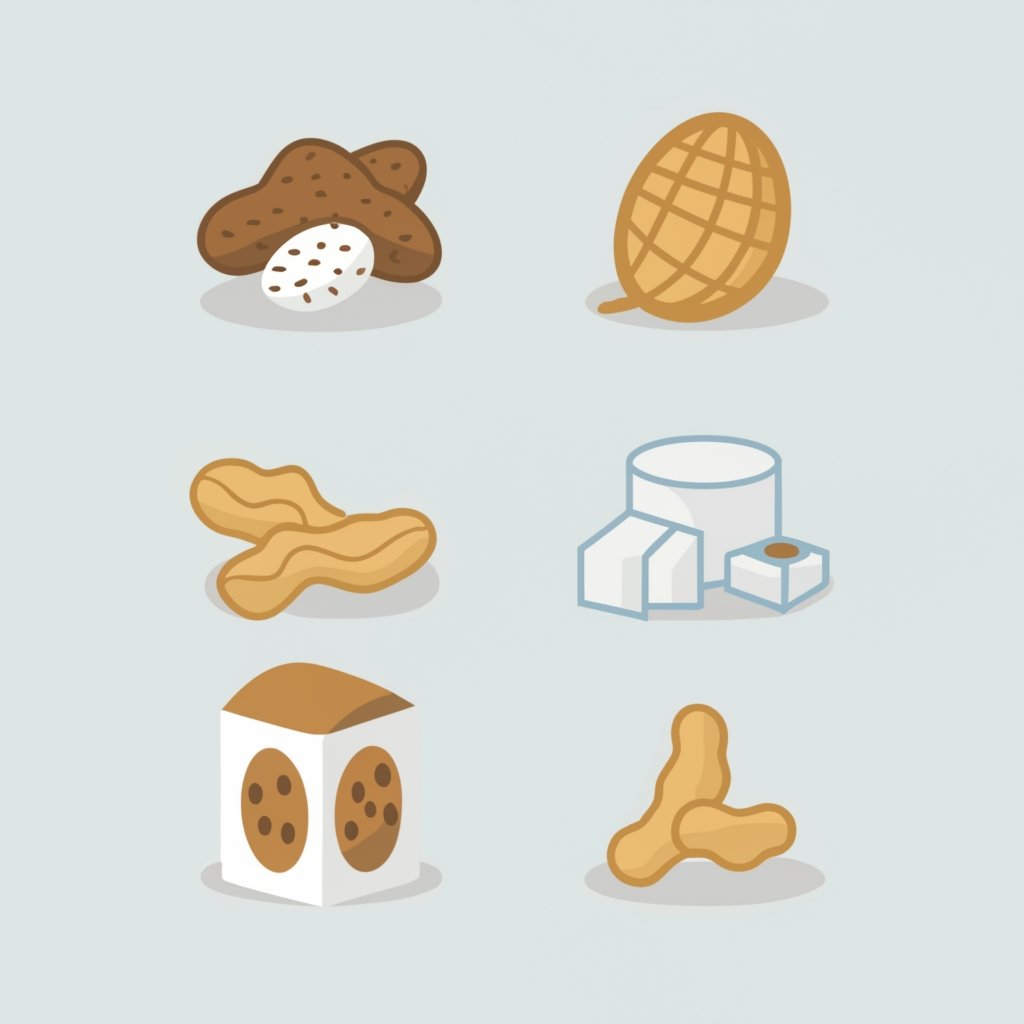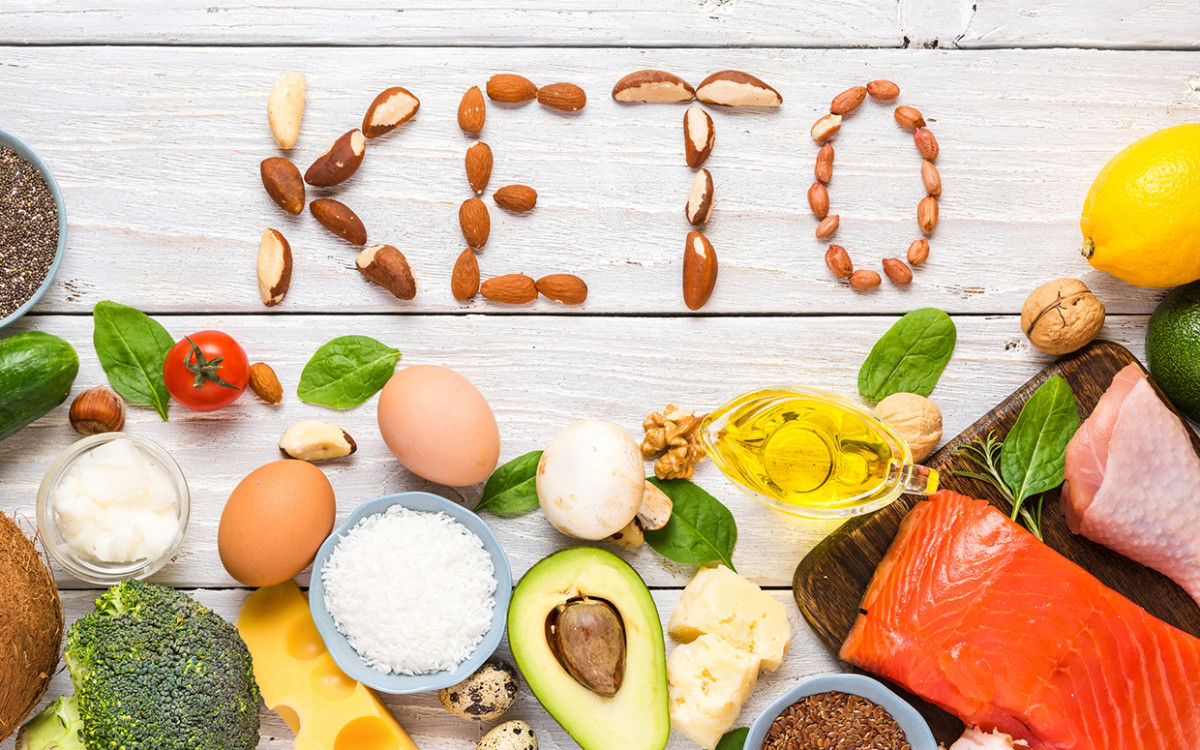Table of Contents
ToggleIntroduction
Navigating the challenging world of food allergies in children, this guide serves as a crucial resource for parents and caregivers.
It tackles the most common allergens – milk, eggs, peanuts, soy, wheat, and tree nuts – and equips you with practical strategies for managing these allergies.
This guide empowers you to shift from a reactive to a proactive approach, ensuring your child’s safety and well-being amidst dietary challenges.
Here, knowledge transforms into your superpower, helping you create a nurturing environment for your child, regardless of dietary restrictions.
Welcome to your journey towards becoming a food allergy-savvy parent!

Most Common Foods Allergies in Children
One of the most prevalent food allergies in children is a milk allergy, which occurs when a child’s immune system negatively reacts to proteins in cow’s milk.
Eggs are another typical food allergen in children, with proteins in eggs triggering allergic reactions ranging from mild discomfort, like an itchy mouth or throat, to severe symptoms like difficulty breathing or anaphylaxis.
Peanut allergies, known for their severity and prevalence, demand significant attention.
Although soy allergy is less common, it warrants attention as soybeans contain proteins that can trigger adverse reactions, from mild itching and rash to more severe symptoms like wheezing or difficulty swallowing.
Wheat allergies can cause symptoms like skin irritation, hives, abdominal pain, diarrhea, nasal congestion, or asthma-like symptoms.
Tree nut allergies, including reactions to almonds, walnuts, cashews, and pistachios, often persist throughout life and can cause severe reactions, including facial or throat swelling, breathing difficulties, and gastrointestinal distress.
Parents need to be vigilant about these common food allergies in children.
They should read ingredient labels on packaged foods carefully, communicate dietary restrictions to schools or caregivers, and be prepared to administer emergency medication if necessary.
Milk Allergies
Milk allergies rank among the most common food allergies in children, occurring when their immune systems react to proteins in cow’s milk, leading to various symptoms and discomfort.
Casein and whey, the proteins typically triggering these allergic reactions, are present in both regular and processed milk products.
Symptoms of a milk allergy can range from mild to severe. In mild cases, children might experience hives, itching, or swelling around the mouth, along with digestive symptoms like vomiting or diarrhea.
Parents must understand that milk lurks not only in obvious sources like dairy products but also in many unexpected foods, including baked goods, sauces, salad dressings, and even some medications.
Parents with milk-allergic children need to read food labels carefully and educate themselves about alternative sources of calcium and protein to meet their child’s nutritional needs.
Diagnosing a milk allergy necessitates eliminating all forms of cow’s milk from the child’s diet, including fluid milk, cheese, yogurt, butter, cream-based soups, or sauces — essentially anything containing cow’s milk proteins.
Luckily, many non-dairy alternatives today offer similar nutritional benefits without triggering allergic reactions.
Parents can opt for plant-based milk like almond or soy milk and discover substitutes like coconut yogurt or cashew cheese for traditional dairy products.
Awareness of the prevalence of milk allergies in children and its impact on health and daily life is essential for parents.

Egg Allergies
Egg allergies rank among the most prevalent food allergies in children, necessitating parental awareness of potential risks and symptoms.
When a child has an egg allergy, their immune system mistakenly identifies egg proteins as harmful, triggering a release of chemicals like histamine.
This release can cause a spectrum of symptoms, from mild to severe. Skin reactions such as hives or eczema frequently occur as common symptoms of egg allergies.
These reactions can emerge soon after eating eggs or merely touching them. Children might also suffer gastrointestinal symptoms like nausea, vomiting, or diarrhea.
In some instances, they may experience respiratory symptoms, including coughing, wheezing, or shortness of breath.
Parents must monitor their child’s reaction to egg consumption closely and seek medical help if severe symptoms appear.
Vigilance is key in managing a child’s egg allergy, which includes meticulously reading food labels to detect hidden egg ingredients like albumin or lecithin.
Communicating the allergy to schools and daycare centers is also critical, ensuring they avoid cross-contamination during meal prep.
Parents should foster open dialogue with their children about avoiding eggs and educate them on egg-containing foods, enabling informed choices when eating outside.
Peanut Allergies
Peanut allergies, common among children, often lead to severe reactions.
Peanuts are actually legumes and are not true nuts, they contain proteins that trigger immune responses in some people.
Symptoms of a peanut allergy vary from mild to life-threatening.
A child with this allergy may develop hives, itching, facial or lip swelling, stomach cramps, vomiting, or diarrhea after consuming peanuts or peanut-containing foods.
Severe cases can escalate to breathing difficulties, wheezing, or anaphylaxis, a critical allergic reaction requiring immediate medical intervention.
Prompt recognition and action by parents are vital to avert further complications.
For preventing peanut allergies, experts recommend introducing peanuts early into children’s diets to build tolerance, always under a healthcare professional’s supervision, especially for children at a higher allergy risk.
Parents must diligently read food labels, steering clear of products with peanuts or peanut traces.
Peanuts often appear in unexpected items like sauces, dressings, baked goods, and certain candies, so vigilance in checking ingredients is key to reducing exposure risks.
Understanding the symptoms and taking necessary precautions are crucial for the safety of children with peanut allergies.
Soy Allergies
As soy allergies become more common in children, parents need to actively understand the risks and recognize the symptoms.
Soy, found in various foods such as soy milk, tofu, soy sauce, and numerous processed products, offers essential protein for some but poses risks for allergic individuals.
When a child has a soy allergy, their immune system actively mistakes soy proteins as harmful, triggering a release of chemicals like histamine and causing an allergic reaction.
Common symptoms of soy allergies include skin reactions like hives or eczema, digestive disturbances such as diarrhea or vomiting, respiratory issues like wheezing or difficulty breathing, and severe reactions including anaphylaxis.
Often, foods one wouldn’t expect, such as baked goods with soy flour for texture or moisture, might have hidden soy protein or oil.
Furthermore, soy-based ingredients like tofu or miso paste are staples in many Asian cuisines.
Parents need to communicate their child’s soy allergies clearly when eating out to prevent accidental exposure to allergens.
Wheat Allergies
Wheat allergies rank among the most common food allergies in children, necessitating parental awareness of the associated risks and symptoms.
If a child has a wheat allergy, their immune system incorrectly perceives wheat proteins as harmful, triggering an allergic reaction.
Symptoms range from mild discomfort to severe reactions.
Digestive issues frequently manifest in children with wheat allergies. After eating wheat-containing foods, they may suffer from abdominal pain, bloating, diarrhea, or vomiting.
Skin problems, particularly hives, are another hallmark of wheat allergies. These itchy, raised red welts can emerge anywhere on the body, causing discomfort.
Also, children with wheat allergies might exhibit respiratory symptoms like nasal congestion, sneezing, or wheezing.
This occurs as allergens, either ingested or inhaled, incite an inflammatory response in their airways.
Parents should diligently scrutinize food labels for hidden wheat sources in sauces, gravies, soups, and processed foods.
In severe cases, where accidental exposure might cause life-threatening anaphylaxis, require parents to collaborate with healthcare professionals.
These experts will prescribe emergency medication like epinephrine auto-injectors (e.g., EpiPen) and instruct parents on their use during emergencies.

Tree Nut Allergies
Parents should be aware that tree nut allergies, including allergies to popular nuts like almonds, walnuts, cashews, hazelnuts, and pistachios, are among the top food allergens affecting children’s dietary needs.
Although these nuts are delicious and nutritious, they can trigger severe allergic reactions in some children.
When a child has a tree nut allergy, their immune system mistakenly identifies proteins in tree nuts as harmful, causing the body to release chemicals such as histamines to combat the perceived threat.
This immune response can cause symptoms ranging from mild to life-threatening in intensity.
Children with tree nut allergies can experience an allergic reaction even with tiny amounts of these nuts or their traces.
Symptoms may include skin hives or rashes, itching or tingling around the mouth, facial or lip swelling, breathing difficulties or wheezing, stomach cramps or vomiting, and, in severe cases, anaphylaxis.
To prevent allergic reactions, parents of children with tree nut allergies must meticulously read food labels and avoid products containing tree nuts or processed on equipment shared with tree nuts.

Symptoms of Food Allergies
When it comes to food allergies in children, understanding the symptoms is crucial for parents to take prompt action.
Common symptoms include:
- Skin Reactions: Children with food allergies often exhibit skin-related symptoms like hives, eczema, or swelling. Hives manifest as red, itchy bumps, varying in size and potentially clustering together. Eczema presents as dry, red patches on the skin, which are intensely itchy and may ooze fluid. Swelling can occur around the eyes, lips, and face, and in severe cases, it may extend to hands or feet.
- Gastrointestinal Issues: Food allergies can impact a child’s digestive system, leading to symptoms such as abdominal pain, bloating, diarrhea, nausea, or vomiting after eating certain foods.
In extreme cases, anaphylaxis, a severe reaction, can occur, combining symptoms like rapid heartbeat, difficulty breathing, and swallowing due to throat constriction.

Preventing Food Allergies in Children
Exclusively breastfeeding your baby for the first six months of life stands as the most crucial step.
Breast milk, rich in essential nutrients and antibodies, strengthens the child’s immune system and helps protect against allergies.
If breastfeeding isn’t an option, choosing an extensively hydrolyzed or amino acid-based formula is advisable, especially with a family history of food allergies.
Introducing highly allergenic foods like peanuts, eggs, and milk should happen after six months but before the child turns one year old.
Introduce these foods one at a time, allowing a few days between each to monitor potential allergic reactions.
It’s important to recognize that delaying the introduction of allergenic foods beyond one year does not reduce allergy development risk.
A diverse diet of fruits, vegetables, whole grains, and lean proteins can support a healthy immune system in children.
Avoiding processed foods, which often contain hidden allergens or artificial additives, is also advisable.

What Are the Best Treatment Options for Food Allergies?
Several treatment options are available for managing food allergies in children, and the best approach depends on the specific allergy and the severity of the child’s reaction.
A common treatment option involves strict avoidance of allergenic food.
Parents need to diligently read food labels and monitor their child’s diet. They should also teach their child about the allergy, enabling them to recognize and avoid potential allergens.
Meticulousness is key to preventing cross-contamination, as even trace amounts of the allergenic food can cause reactions.
Antihistamines can alleviate mild symptoms like itching or hives but don’t prevent anaphylaxis, a severe, potentially life-threatening allergic reaction.
Children at risk of anaphylaxis may be prescribed epinephrine auto-injectors (EpiPens). These devices deliver epinephrine to quickly counter allergic reactions and provide time to seek emergency medical help.
Also, some children may benefit from immunotherapy treatments, such as oral immunotherapy (OIT) or sublingual immunotherapy (SLIT).
These treatments gradually expose the child to the allergenic food under medical supervision to build tolerance over time.
With appropriate management and support from healthcare professionals, children with food allergies can live healthy, fulfilling lives.
A Word from HealthyVibe
This comprehensive guide underscores the importance of parental vigilance and education in managing food allergies in children.
Covering common allergens like milk, eggs, peanuts, soy, wheat, and tree nuts, it highlights the necessity of proactive measures for ensuring children’s safety and well-being.
Parents must be adept at reading food labels, introducing allergenic foods appropriately, and understanding the symptoms and treatment options for various food allergies.
Equally crucial is teaching children about their allergies to foster self-awareness and safety in different environments.
Ultimately, this guide serves as a beacon of knowledge and empowerment, helping parents transform challenges into opportunities for nurturing and protecting their children in a world rife with allergens.
FAQ
What are the first steps I should take if I suspect my child has a food allergy?
Immediately consult with a pediatrician or allergist. They can conduct tests to confirm the allergy and provide guidance on managing it. In the meantime, eliminate the suspected food from your child’s diet.
How can I safely introduce allergenic foods to my infant?
Start introducing allergenic foods like peanuts, eggs, and milk to your infant around six months old, but not before. Introduce one food at a time and wait a few days before introducing another to monitor for any allergic reactions.
What should I do if my child experiences an allergic reaction to food?
If the reaction is mild, like hives or itching, administer an antihistamine as directed by your healthcare provider. For severe reactions, like difficulty breathing or swelling of the throat, use an epinephrine auto-injector if prescribed, and seek emergency medical care immediately.
How can I ensure my child avoids allergens at school?
Communicate your child’s food allergies clearly to the school staff and teachers. Provide them with an allergy action plan and any necessary medications, like an epinephrine auto-injector. Teach your child to avoid sharing food with classmates and to recognize and avoid foods they’re allergic to.
Are there any long-term treatments for food allergies in children?
Some children may outgrow their allergies, but for others, allergies persist into adulthood. Long-term treatments like oral immunotherapy (OIT) can increase tolerance to certain foods, but they must be conducted under strict medical supervision. Discuss with your allergist to see if these treatments are suitable for your child.









